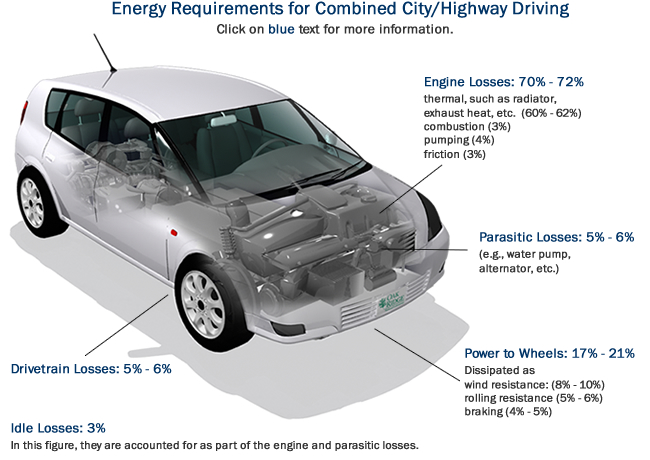As energy demands are rapidly increasing with developing countries like China and India continuing to industrialize, the need for sustainable clean energy sources is greater than ever. In addition to technologies that you are probably familiar with such as wind, solar, geothermal, and biomass, one you may not have heard of is thermoelectricity. Thermoelectric generators (TEGs) can turn heat into electricity without any moving parts. The video below from the Naked Scientists explains well what TEGs are, how they work, and why they could be extremely useful.
If you don’t have time to watch the video, here’s the key info:
When you heat up a thermoelectric material unevenly, positive or negative charges (depending on the material) move to build up a voltage, so if you put several of these materials together you can make an electric generator, shown in the picture below. These generators can be used to recover waste heat from just about anything you can think of: big things like power plants, cars, and NASA spacecraft, but also small electronics like watches and cell phones.
Cars are probably the place where you’re most likely to see these popping up in the next several years. They’re a great candidate for TEGs for several reasons. First, as the image below shows, not very much of your engine’s energy goes towards actually moving your car forward. Any of the energy lost to heat that could be recovered would be a big help to your gas mileage. Additionally, the exhaust pipe of a car provides the perfect place for a TEG. One side can be heated by the exhaust, and the other cooled by the surrounding air.
The problem is, TEGs not generally very efficient, and the cost of materials is too high to make widespread use economical given these low efficiencies. One way to make TEGs more efficient is engineering materials very carefully on the scale of nanometers- 6,000 times smaller than a human blood cell, or about 5-10 times bigger than an atom. It’s really difficult to fathom just how small the structures I’m talking about are since they’re so far removed from what we can see in our daily life. The image below is a good attempt at putting this scale into context: If a nanoparticle was the size of a football, a kiwi would be as big as the world. However, most instruments that measure the thermoelectric properties of materials- like the proportionality factor between how much of a temperature difference there is and how big the voltage you get is- are measured on the scale of millimeters, one million times larger than a nanometer.
Thus, we need more precise instruments to understand the complicated physics happening at such a small scale. This is the motivation for my small but fundamental contribution for making high efficiency TEGs. I’m developing and using instrumentation which can measure this proportionality factor on a nanometer scale, so you can map out how it changes across the different nanostructures in the material and try to explain the results using physical laws. Getting a better understanding of these properties on a small scale can help engineers know what type of structures to make to increase the efficiency of a TEG.
Hopefully soon you will start seeing TEGs on your car or hear about them being used in your local power plant, but in the meantime, you can actually buy (or build!) your own thermoelectric generator. For example, they’re pretty useful when camping; the video below of a TEG being used on a small stove to power a USB connection which of course can then power a flashlight, IPhone, or any other USB device.



